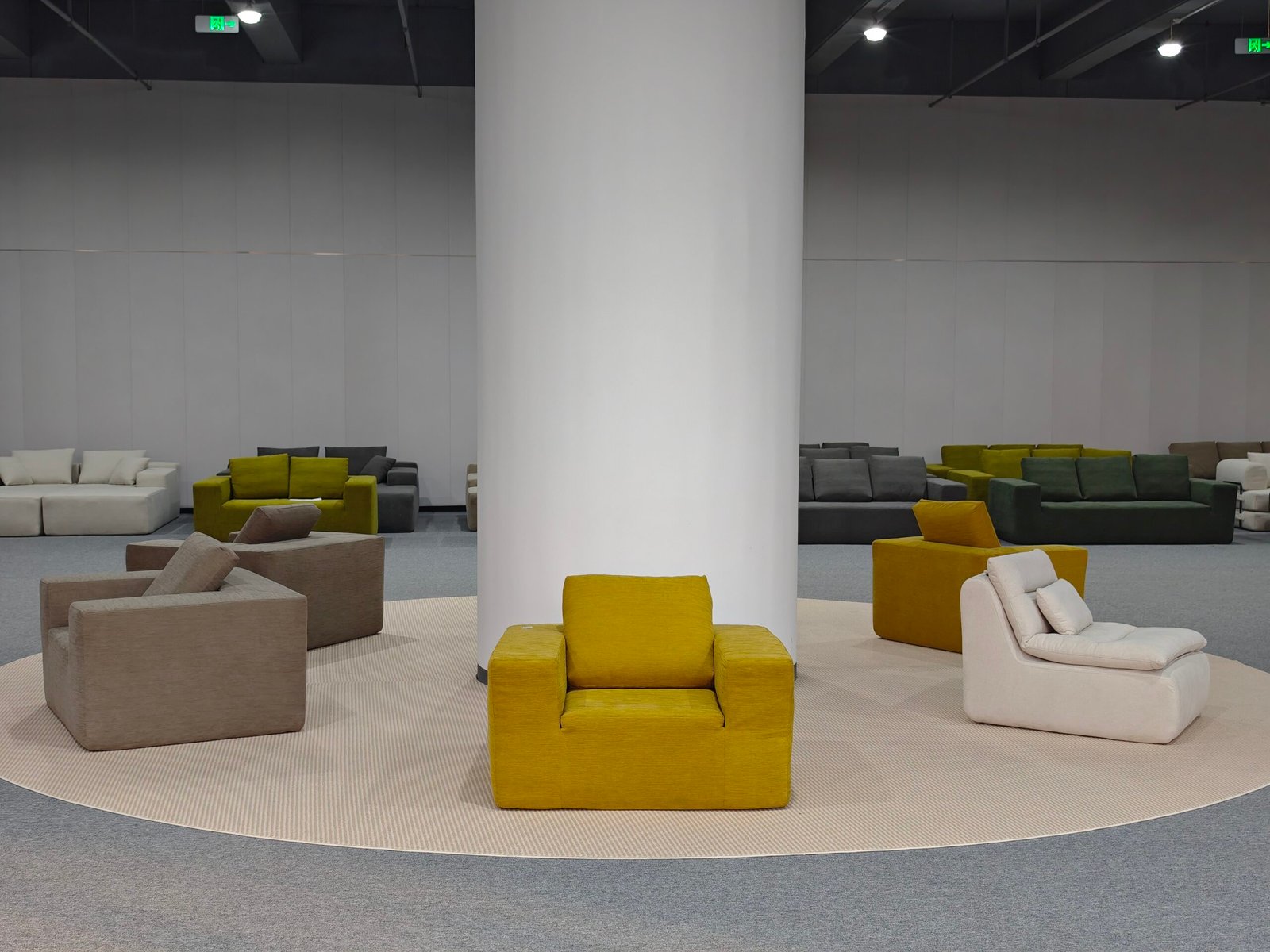
Foshan wasn’t always a global sofa supplier—but now it's setting the standard.
Foshan’s compressed sofa industry has grown rapidly thanks to innovation, urban demand, and its powerful manufacturing ecosystem.
From humble beginnings to global exports, this city has redefined what it means to deliver affordable, space-saving comfort.
Why did compressed sofa manufacturing start in Foshan?

Foshan’s roots in furniture run deep—centuries deep.
The city evolved from traditional woodworking to a modern sofa powerhouse, responding to global needs for compact, affordable, and easy-to-ship furniture.
By the 1990s, as exports boomed and living spaces shrank, local makers began developing compressed packaging methods. Sofas could now be vacuum-packed, flat-packed, or rolled—perfect for online buyers and small-space dwellers.
Key local advantages:
| Advantage | Impact on Growth |
|---|---|
| Skilled workforce | Faster learning, fewer defects |
| Dense supplier networks | Shorter lead times |
| Port proximity (Guangzhou) | Cheaper, faster international trade |
| Machinery and tech clusters | Easy access to automation upgrades |
The industry matured fast—and didn’t stop at domestic sales.
What drives the demand for compressed sofas?
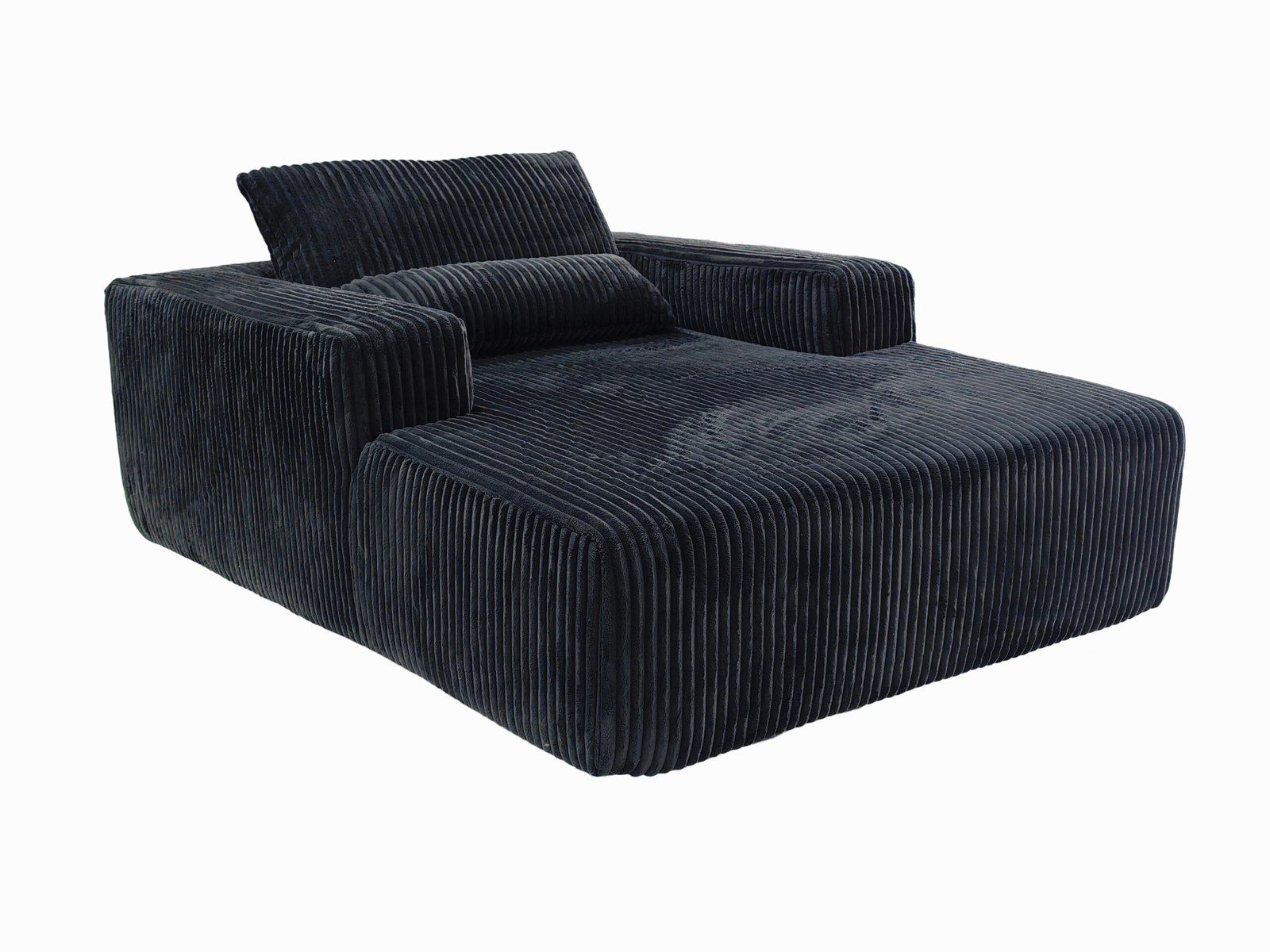
Small spaces, global moves, and tight budgets create opportunity.
Compressed sofas meet a perfect trifecta: space-saving, cost-efficient, and e-commerce ready.
Buyers today want:
- Products that fit through apartment doors
- Shipping they can afford
- DIY assembly that doesn’t require tools or technicians
Compressed sofas solve these pain points—and Foshan suppliers tailor products to match.
Demand is especially strong in:
- North America (via Amazon, Wayfair)
- Europe (via distributors and OEM deals)
- Southeast Asia (compact living + booming middle class)
How did technology help Foshan suppliers grow?

Foshan manufacturers didn’t just grow—they leveled up.
By adopting advanced production lines, vacuum compression systems, and automated cutting tools, local suppliers scaled without losing quality.
Examples of factory upgrades:
- CNC foam cutters → consistent cushion shaping
- IoT-enabled fabric machines → faster layout changes
- Smart packaging systems → sealed, safe compressed packs
Innovation also includes R&D in new foam types, better fabrics for compression, and packaging that expands beautifully.
Many suppliers also switched to CertiPUR-US and FSC-certified materials to meet international standards.
Who are the leading compressed sofa brands in Foshan?
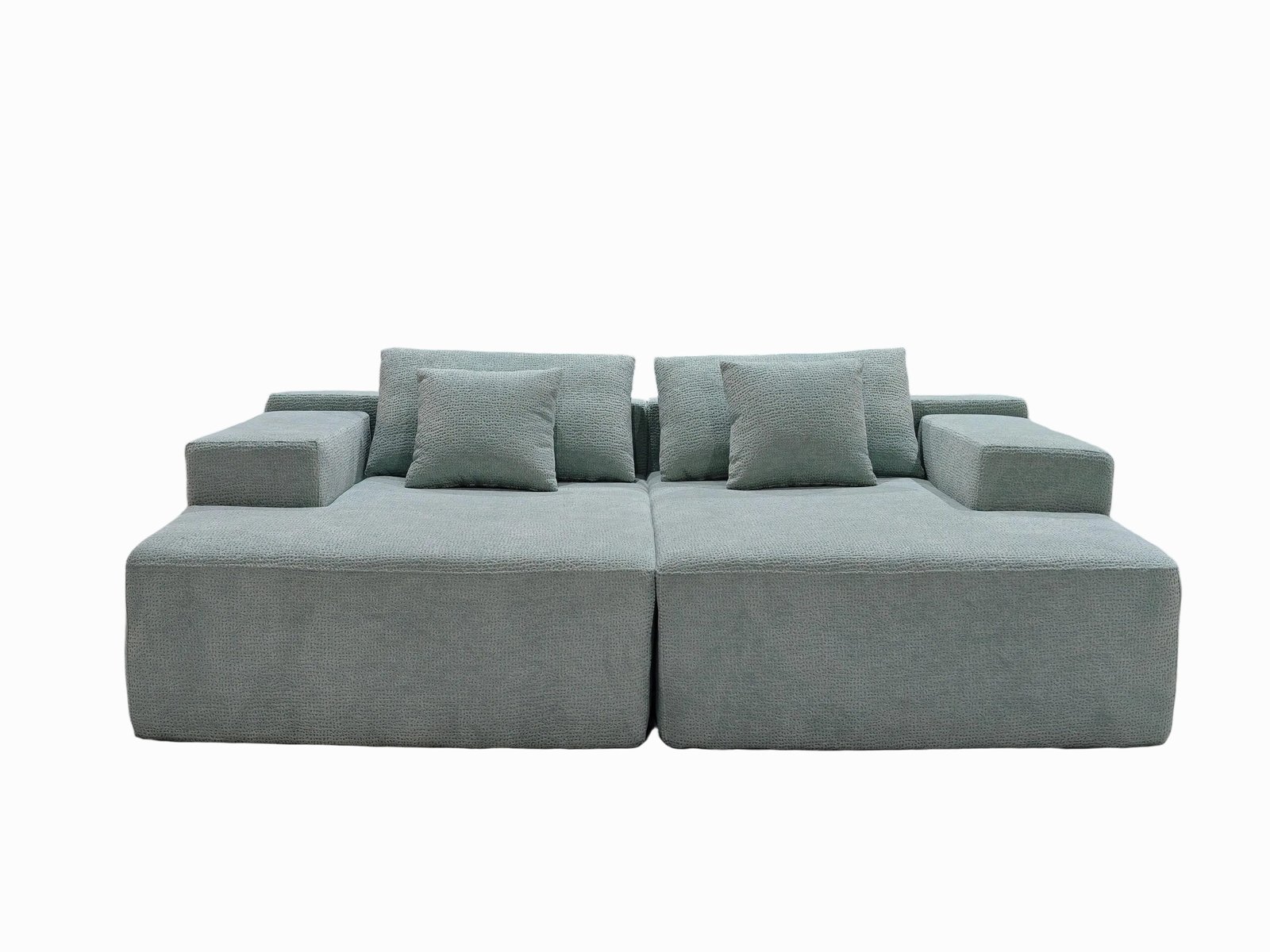
Some names stand out—and for good reason.
Foshan is home to OEM/ODM giants who serve Amazon brands, retailers, and even direct-to-consumer startups.
Notable players:
| Brand/Factory Name | What They’re Known For |
|---|---|
| KUKA Home | Modern, stylish global-ready sofas |
| Landbond Furniture | Sustainable design + high R&D |
| Man Wah Holdings | Recliner specialists, export leader |
| HEYAN (HSM) | Roll-pack tech and OEM for e-comm |
Many factories offer custom compressed solutions for Amazon sellers, retail chains, or private labels.
Some operate multiple lines for flat-pack, roll-pack, and vacuum-pack options.
How do Foshan suppliers handle logistics?

Sofas are big—but compressed ones are export-ready.
Foshan suppliers have logistics systems built for speed, scalability, and safe international transit.
Here’s what sets them apart:
- Automated warehouses reduce lead time
- In-house freight forwarding teams handle customs
- Overseas warehouses in LA, Hamburg, Dubai
We at HSM, for example, fit up to 450 sofas in a 40HQ container—cutting shipping costs by up to 60%.
Suppliers also invest in smart tracking tools and ERP systems to sync production with delivery.
What role does the government play?
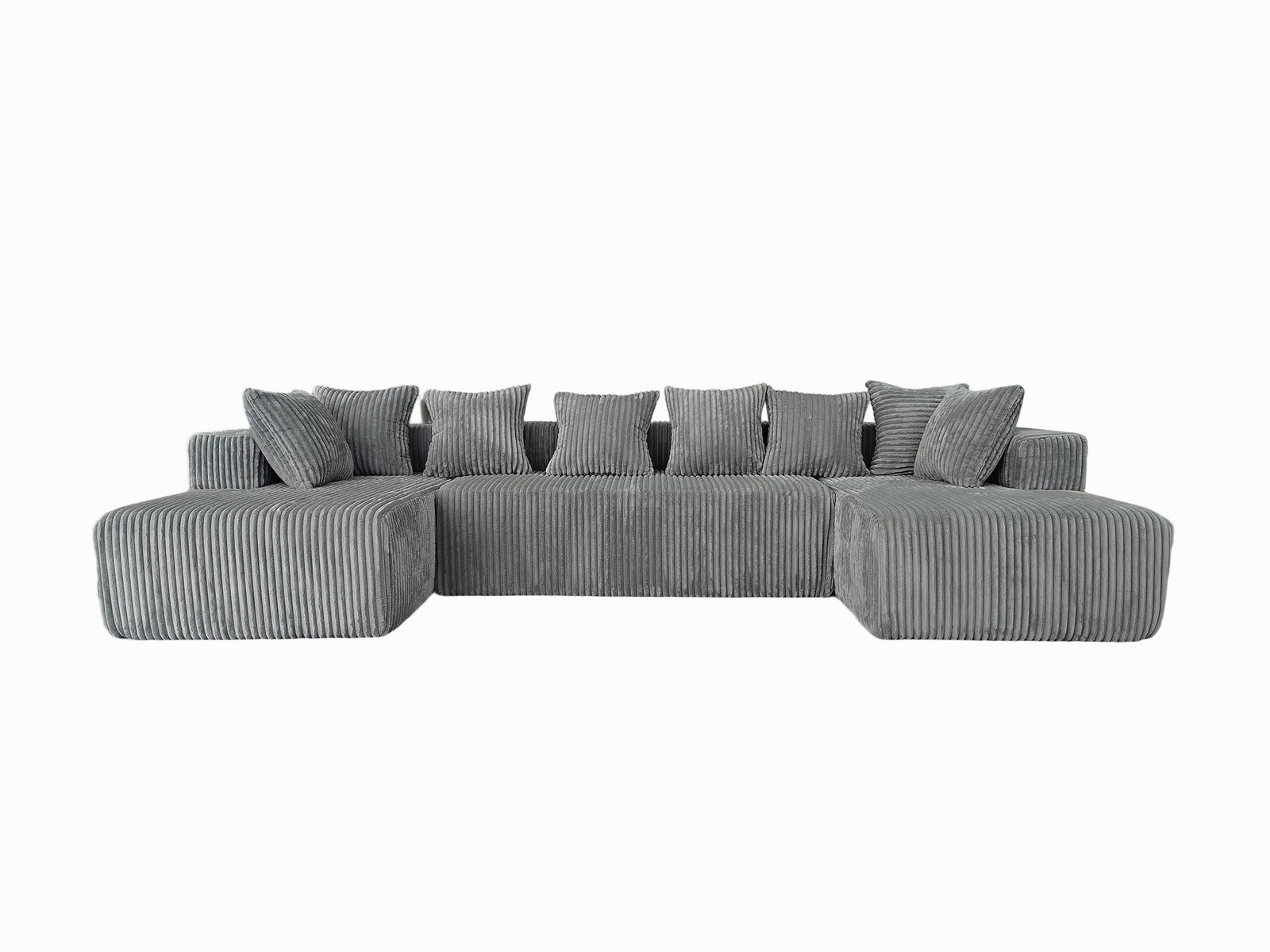
Policy support isn’t just talk—it’s infrastructure, subsidies, and trade access.
Local and national policies fuel the compressed sofa boom with R&D incentives, export tax benefits, and industrial zoning.
Examples include:
- Tax rebates for exporters of eco-certified products
- Furniture industry trade zones in Shunde and Lecong
- Participation grants for overseas furniture expos
Plus, vocational schools in Foshan train talent in upholstery, sewing, CAD design, and machine operation.
This ecosystem gives small suppliers a big edge—and lowers the barrier to entry for new exporters.
Where is the industry heading next?
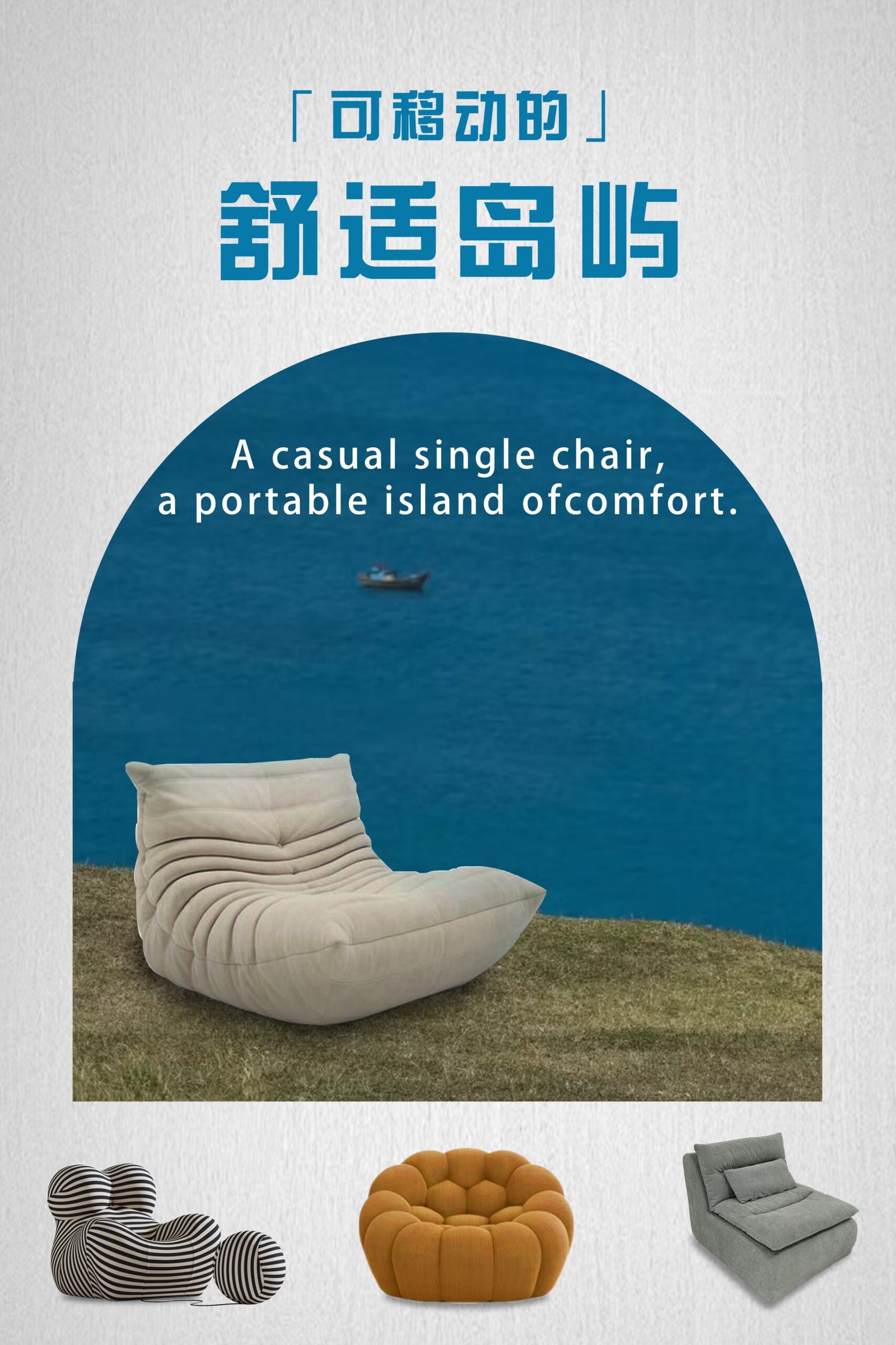
It’s not just growing—it’s evolving.
Foshan suppliers are now pushing into eco-design, e-commerce-first branding, and AI-driven personalization.
Future trends:
- Carbon-neutral manufacturing
- On-demand production with 3D configuration tools
- “Smart sofas” with built-in speakers and chargers
- Ultra-flat packaging for drone or EV delivery
At HSM, we're testing AI-based layout engines to configure sofa components for both space fit and box optimization.
The next wave of growth? Global private-label partnerships powered by efficient Foshan factories.
Conclusion
From handmade wooden chairs to globally exported compressed sofas, Foshan’s journey is a case study in smart manufacturing. It’s not just a place where sofas are made—it’s where modern living solutions are engineered.